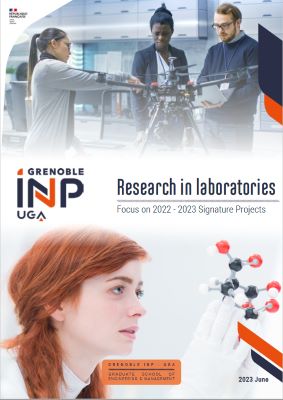 Editorial : A new generation of architectured materials
Editorial : A new generation of architectured materials
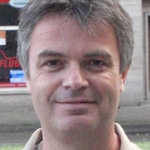 In the first years of the 21st century, Grenoble INP gained international recognition for its expertise on new combinations of materials known as architectured materials. Thanks to Yves Bréchet and the school’s teams, architectured materials were examined and created in order to meet stringent specifications for complex projects. This expertise led to Grenoble INP’s CEMAM labelization, including its teams at the SIMAP, LEPMI, LMGP, LIPHY and TIMC laboratories.
In the first years of the 21st century, Grenoble INP gained international recognition for its expertise on new combinations of materials known as architectured materials. Thanks to Yves Bréchet and the school’s teams, architectured materials were examined and created in order to meet stringent specifications for complex projects. This expertise led to Grenoble INP’s CEMAM labelization, including its teams at the SIMAP, LEPMI, LMGP, LIPHY and TIMC laboratories.Current architectured materials offer many advantages such as multiple functions and lighter weight. As a result, they are interesting in terms of environmental efficiency. However, if we want to continue progressing in this field, we must go beyond the consideration of materials and recycling. In line with the environmental design center project, ECOMARCH, we have to develop smart architectured materials. This means increasing the functionalities of such materials and enabling their ability to adapt or communicate with the surrounding environment. The CEMAM label is also pushing for smart material development to be a priority. Grenoble INP is particularly well placed to meet this challenge thanks to its internationally recognized skills in material sciences and other fields of engineering. Future advances in architectured materials will contribute to maintaining the institution and the University Grenoble Alpes’ international position as a leader in this field.
Jean-Jacques Blandin
a researcher at SIMAP and professor at Grenoble INP – Phelma
Transitioning from architectured materials to smart materials
Grenoble INP is known internationally for its expertise on architectured materials. Thanks to its teams and tools, the school is preparing for the upcoming shift towards smart materials.
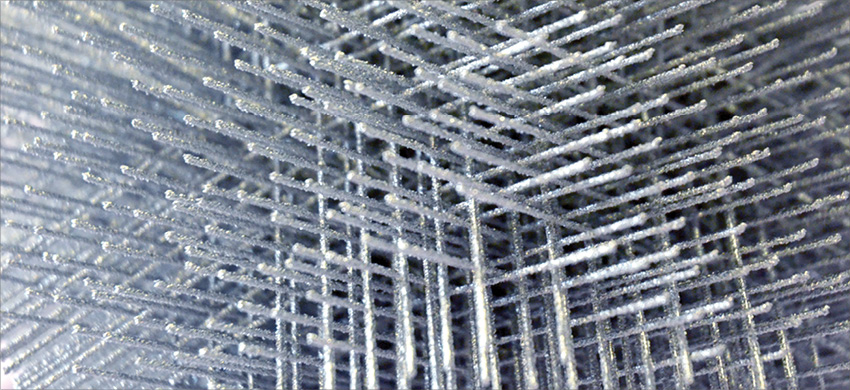
“A material is matter that fulfills a function,” explains Yves Bréchet, member of the Academy of Sciences, a professor at Grenoble INP, a researcher at the SIMAP and the high commissioner for atomic energy. Materials have always been classified according to two categories: 1) structural materials used for their mechanical properties and 2) functional materials used for properties such as conductivity. Smart materials are ones that are capable of interacting with the external environment by acting as sensors, triggers or even processors.
Grenoble INP in the starting-blocks
Grenoble INP has been involved in the CEMAM label for architectured materials since 2011 and the institution is ready to overcome new challenges presented by the shift towards smart materials. By combining materials, new smart architectured materials will meet growing needs for materials with multiple functions in terms of mechanics, acoustics, thermal isolation and electromagnetism.
As part of the CEMAM label, researchers are exploring the future of this field. “There are numerous possibilities. You can create materials that interact directly with their environment. They can adapt to external stimuli (thermal, chemical or mechanic) or modify external properties,” explains Jean-Jacques Blandin, a researcher at the SIMAP and professor at Grenoble INP - Phelma.
Research work has already begun on certain projects such as studying the surface impact of a prosthetic bone on bone regeneration and the body’s acceptance of the prosthesis. Another path towards future development could be materials that can communicate externally. “We can imagine materials that are capable of sending self-diagnostic information to warn for example of a crack in the material.” Exploratory research in this direction has been launched by laboratories co-piloted by Grenoble INP.
Promoting expertise, tools and skills
Grenoble INP is home to remarkable tools that can create 3D multi-function materials. The school is for example the only French university to fully master Electron Beam Melting technology. In addition, the institution has a wide range of expertise on printed electronics and thin film deposition. “Printing processes are becoming all the more common to create electronic objects. Paper is no longer simply used to convey printed information. It now benefits from a wide range of applications such as the creation of paper screens,” explains Nadège Reverdy-Bruas, a professor at Grenoble INP - Pagora, a researcher at the LGP2 and head of the MINT chair. “As an alternative to traditional electronics, printed electronics are particularly well suited to the low cost mass production of flexible products with simple functions.”
Scientists at the LGP2 laboratory were asked to adapt traditional printing processes to deposit “functional” inks on a variety of substrates such as plastic, paper, polymer or fabric. Research work has also been carried out to create a variety of inks and support materials. Possible applications for such technology include smart packaging that can interact with potential customers, low cost printed sensors or network communications that can be integrated in insulating materials to provide information about the material’s state.
“A thesis carried at LGP2 in partnership with the Arjowiggins papermaker helped develop and patent a paper on which an RFID antenna could be printed thanks to conductor ink and a silicon chip with encoded information.” Since 2012, a printed electronics module enables Grenoble INP - Pagora students to learn about current challenges and stakes in the field of printed electronics. In addition, the MINT research chair was launched in 2016 thanks to a partnership between the Grenoble INP Foundation and Schneider Electric. The chair aims to overcome challenges tied to integrating electronic functions in Schneider Electric’s 3D electronic boxes.
Smart bio-active implants
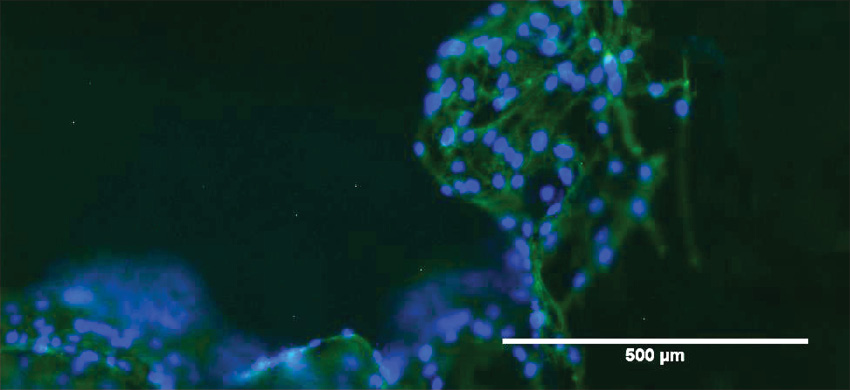
In the first years of the 21st century, Grenoble INP gained international recognition for its expertise on new combinations of materials known as architectured materials. Thanks to Yves Bréchet and the school’s teams, architectured materials were examined and created in order to meet stringent specifications for complex projects. This expertise led to Grenoble INP’s CEMAM labelization, including its teams at the SIMAP, LEPMI, LMGP, LIPHY and TIMC laboratories.
At the LMGP laboratory, Catherine Picart has been developing bio-active films for many years. These films are made from natural polymers and enable scientists to store an active agent that can for example accelerate bone regeneration or foster the integration of implants. The films are deposited using a laboratory layer by layer process.
A current partnership with SIMAP is geared towards developing the best medium for these films. The goals is to develop a material that can adapt to our body, impact stem cells and affect their transformation into bone cells. “To reach this result, we have to work on several levels. On a macro-level, it will have to recreate properties similar to bone. At the micro-level, it will have to provide an environment that is good for bone cells. In particular, we have to determine the ideal shape, density and surface state to stimulate bone growth,” explains Rémy Dendievel, a professor at Grenoble INP - Phelma and a researcher at the SIMAP laboratory.
This challenge is the goal of Antalya Ho-Shui-Ling’s thesis, which should also help optimize the delivery method for the active agent in these films. To produce titanium implants, Antalya uses Electronic Beam Melting technology, for which Grenoble INP has just received a second machine.
Finding the right combination of materials
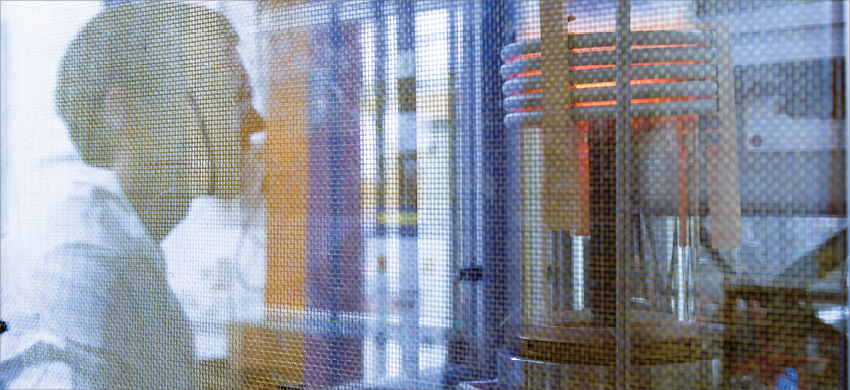
Frédéric Mercier is a researcher at the SIMAP where he adds functions to materials by figuring out exactly what type of materials to combine and where to combine them. As part of an AGIR project, he is creating a metallic tool capable of self-diagnosing a potential breach in the material. To do so, his idea is to place a piezoelectric material in between two metal layers. “When the object is under mechanical stress, this creates a current that can be measured. By monitoring this current, we can detect potential changes before the tool actually breaks,” explains Frédéric Mercier.
Thanks to specific lab techniques, the researcher deposits a piezoelectric ceramic layer composed of aluminum nitride. The process presents several challenges such as the ability to deposit the layer between two metal layers and use intermediary layers to ensure a stable connection between the layers and the ability to read the current. The challenge is not an easy one, but the process is moving forward thanks to current work on optimizing the deposition process.
TIMC laboratory to create more flexible orthoses
Thanks to specific lab techniques, the researcher deposits a piezoelectric ceramic layer composed of aluminum nitride. The process presents several challenges such as the ability to deposit the layer between two metal layers and use intermediary layers to ensure a stable connection between the layers and the ability to read the current. The challenge is not an easy one, but the process is moving forward thanks to current work on optimizing the deposition process.
Shape-memory alloys are used in a variety of fields because of their remarkable elastic-like properties. These alloys can be deformed ten times more than steel, which makes them much like a metal-rubber. In addition they “remember” their original form. After having been deformed, shape-memory alloys can come back to their original form simply by being heated a dozen degrees.
At the TIMC laboratory, researchers are exploring the use of NiTi shape-memory alloy wires for specific medical applications. “We are working on designing an orthosis that is more flexible than current products. The idea is to only limit the movement of a back or finger in a specific direction, thus leaving greater freedom of movement and comfort to move in other directions,” explains Denis Favier, a researcher at the TIMC.
A thesis is underway in collaboration with an orthopedic doctor at the Grenoble University Hospital and an orthopedics company. The goal is to determine the force that needs to be applied in each direction of movement. A second thesis is underway in collaboration with the Prague ASCR Institute of Physics to evaluate the potential of NiTi wires to create such flexible orthoses.
Lettre papier
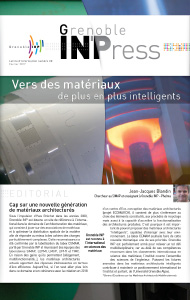
(PDF - env. 1,5 Mo)
Lettre numérique

(HTML)




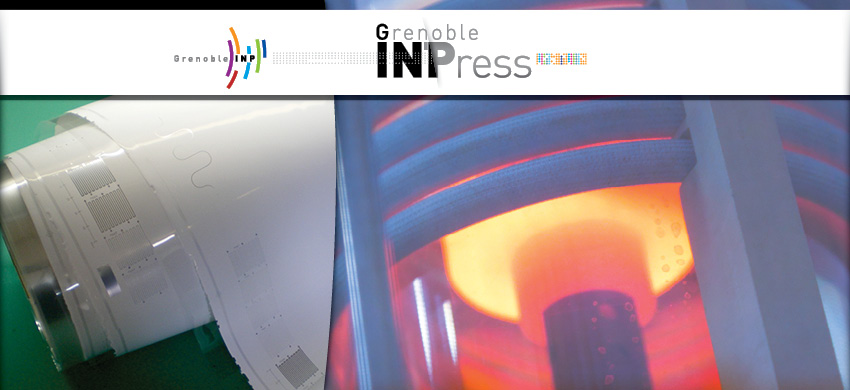
 Editorial : A new generation of architectural materials
Editorial : A new generation of architectural materials Transitioning from architectured materials to smart materials
Transitioning from architectured materials to smart materials Smart bio-active implants
Smart bio-active implants Finding the right combination of materials
Finding the right combination of materials